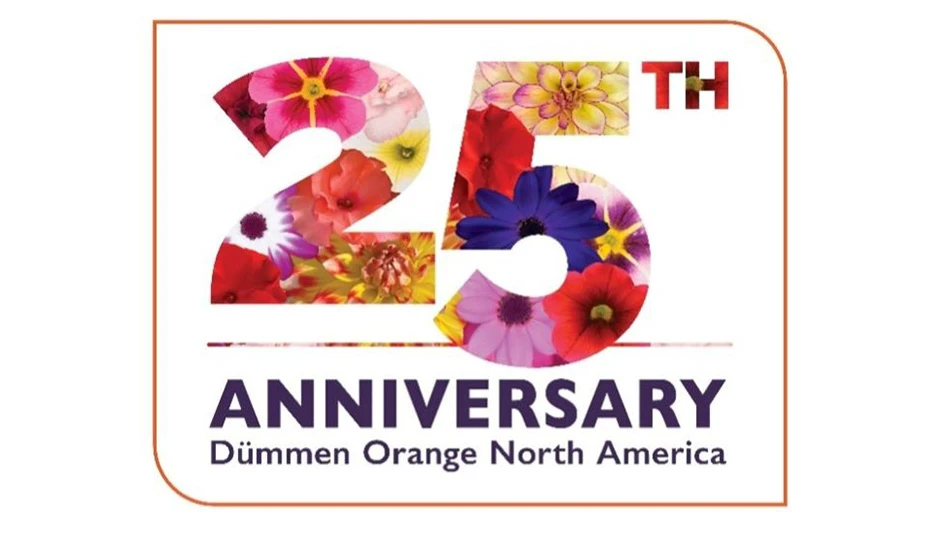Consumers are moving more furniture outdoors into their gardens and patios, including benches, small indoor tables and large formal tables. To dress up tables, consumers use decorative containers of annuals and perennials. Centerpiece and tabletop container gardens can be tall and showy or low and compact, suitable for sit-down tables.
Here are some container trends.
Starting off small
Smaller, compact tabletop containers are usually more unusual in content, or they should be, because these plants are going to be seen up close. If people are sitting at a table and conversing over a group of plants, the plants should be a decoration, not a distraction. These up-close-and-personal containers should include plants with more textural foliage so that if flowers aren’t present, there is something to look at.
Succulents
Sedums, succulents and cactus relatives will be on the list of favorite collectables for container gardening for many years. They fulfill the need for color, texture and some plant personality. Be sure to add sand to the growing medium and a little gravel for increased drainage. Topdressing the medium with rocks is an aesthetical and cultural necessity.
Liners of sedums and succulents can be directly planted into finished containers with a surprisingly fast growth rate. Rosette shapes alternating with creeping sedums create a tapestry of textures.
Grasses
Grasses and grasslike plants can add texture and softness to smaller containers. These well-behaved, colorful grasses and sedges are soft to the touch and make the plantings appear “pettable” to consumers. I often find customers running their fingers over the leaves of Carex plants. Isolepsis (fiber optic grass) cascades out of containers, as will the more common blue fescue. Another soft, sensual grass is Deschampsia flexuosa ‘Aurea.’
Water garden containers
Bowls or containers without drain holes are perfect for small water gardens. Plant them with water-tolerant or bog plants. Remove most of the growing medium and replace it with pea gravel. Decorative stones can be used on top. Any organic matter would sour in these conditions, but an occasional application of water-soluble fertilizer may be needed. Water garden containers are actually “waterwise.” Once roots are established, plants can usually go a week between watering.
Medium-size arrangements
Plants in midsized containers should have all the design components of larger containers. They should fill, drape and have a dominant role. This combination allows the container to stand alone as well as be used in a grouping. Containers can be clustered together to show off a special pottery collection. Plants can be placed in a formal urn that is still small and light enough for customers to easily pick up and carry home.
These medium-sized containers can be used on larger tables. They can be the focal point or be used in a garden setting beside a bench or on a pedestal. They offer the opportunity to sell unique pottery and one-of-a-kind pieces.
Collectible plants
I like to use more unusual and collectable plants in tabletop containers whenever possible. Perennials are in heavy demand, especially those with semi-evergreen habits. Heucheras, collected by many gardeners, grow well in midsize and larger containers.
Tropical foliage plants with compact or trailing habits add interesting leaf shapes and textures. Variegated plants are another favorite of collectors.
Customers sometimes feel these types of tabletop containers are more like works of art than plants. They like to show off the containers and even tend to take better care of the plants.
Edible ornamentals
Edible ornamentals can have colorful foliage and fruit. Ornamental peppers, Swiss chard and burgundy beets make great companions with perennial herbs like golden marjoram, oregano and thyme. These colorful groupings are perfect for showing off at a barbeque or picnic.
The growing medium should include some organic matter and sand, along with Espoma fertilizer, which is available in organic and partially organic formulations. This fertilizer produces a proportionate amount of fruit, and not too much foliage, especially for peppers and tomatoes.
Large specimens
A big container doesn’t have to be heavy. Numerous companies offer beautiful finishes that resemble every surface imaginable. Artificial stone, cast iron, lead-look and terra cotta are the most common.
Larger containers are perfect for setting on front porches and patios. They are also easier to care for in sunny locations because of their larger soil volume. A heavier container would make the design less likely to be used as a centerpiece. Many larger urns can be used as birthday or anniversary gifts or in weddings and parties. People can take the containers home for a memento of the occasion.
Selling container services
Before you try to sell consumers a tabletop container, ask them:
1. How is the area where the container will be placed going to be used?
2. Is it in sun or shade?
3. Does the customer want something tall and upright for a buffet-style occasion, or does the customer want something that is low and intimate that can be viewed and conversed over?
4. Does the customer have a container that she would prefer to use, or does she need to buy a container?
Discuss with each customer what types of plants she would like planted. Charge accordingly. We plant up containers for them or help them do it themselves. We also have a collection of containers available for purchase.
- Rita Randolph
{sidebar id=1}
Rita Randolph is co-owner of Randolph’s Greenhouses, 1690 Airways Blvd., Jackson, TN 38301; (731) 422-2768; fax (731) 988-9889; randolphs@charter.net; www.randolphsgreenhouses.com.
Latest from Greenhouse Management
- Flexible fungicides
- Super Charged Moon Juice from Moon Valley Nurseries now available nationally
- 2025 Proven Winners Horticulture Scholarship applications now open
- How to improve inventory and shipping management in the greenhouse
- Leading Women of Horticulture: Anna Ball, Ball Hort, and Terri McEnaney, Bailey Nurseries
- GM CEA HERB Part 2: A guide to increasing the sowing density of culinary herbs
- GM CEA HERB Part 1: Best practices for producing culinary herbs in controlled environments
- USDA fires experts on invasive pests, including Asian citrus psyllid, chilli thrips





